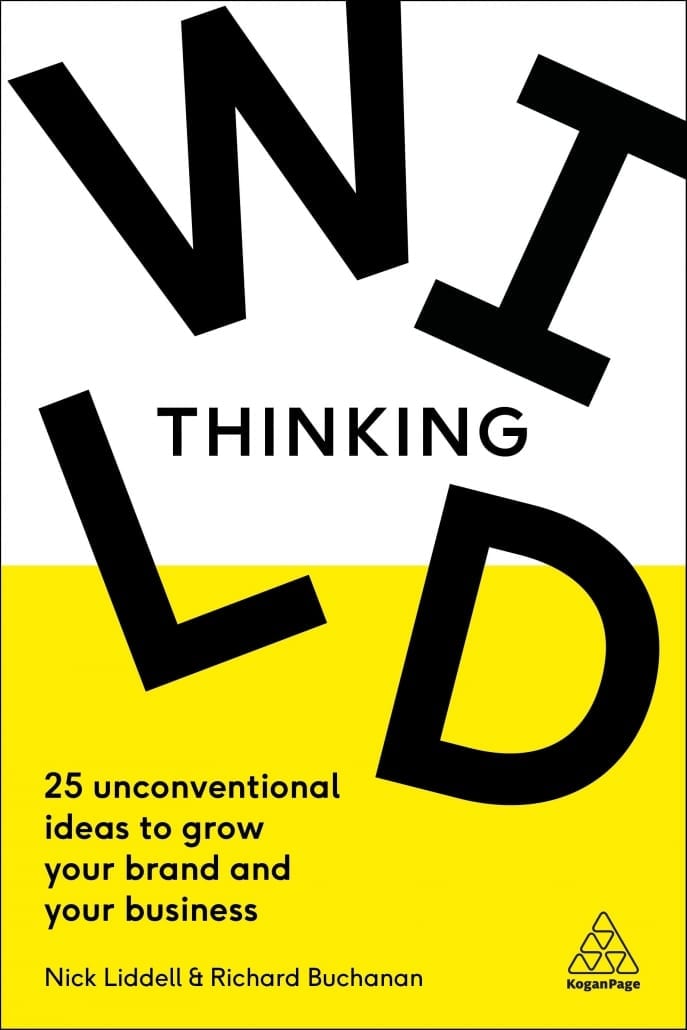Maslow’s Hierarchy Of Needs: The Straight Dope – Why needs are more like vitamins than pyramids

The chances are you’ve come across the five-tiered pyramid, with physiological needs such as food, sleep and sex at its base, rising up to needs around safety, then belonging, then esteem, until we reach the top of the pyramid, where needs around self-actualization reside: the fulfilment of these needs was a subject of fascination for Maslow. He admired people like Albert Einstein, who he believed to be a paragon of self-actualization. In fact, he was so enamored by the likes of Einstein and Mother Teresa and Beethoven that he based his theory of self-actualization around them. The tip of his pyramid contains a list of the qualities he most admired in his heroes: morality, creativity, problem-solving capability and absence of prejudice. The purpose of the hierarchy is to demonstrate that until lower-order needs have been met, it’s difficult for individuals to focus on and satisfy their higher-order needs. In Maslow’s words: ‘For the man who is extremely and dangerously hungry, no other interests exist but food.’
Where’s the science?
The popularity of Maslow’s hierarchy lies in how simple it is to grasp and how flexible it is in its application. As a universal theory of human motivation, it can be used to make the case for staff canteens, team-building days, canapés at investor presentations and CSR schemes. And because each of the five layers of needs feels intuitive to Western minds, any huckster business consultant or cod psychologist can manipulate it to suit their purposes. But few people who use the hierarchy seem to understand it is based on the biographies of 18 people. There’s no scientific method at work. No body of evidence exists to prove or disprove the veracity of the model or its assumptions. He may as well have built his model around Jane and Michael’s nanny advert from Mary Poppins: a cheery disposition… Kind… Witty…. Never cross or cruel… In fact, there are striking similarities between Mary Poppins and Maslow’s actualized self.
A more serious issue with Maslow’s model is that it reflects a Western tendency to consider the individual above the collective. This is a huge value judgment, given that self-actualization and self-esteem both sit above love and belonging. It’s not clear why needs need to exist in a hierarchy at all – particularly one that champions the self to such a degree. Van Gogh and Vermeer managed to create sublime works of art, despite spending much of their lives on the poverty line. And a 2011 analysis of Gallup data from over 60 thousand people across 123 countries revealed that we are happiest when we achieve a balanced fulfilment of needs – including a balance between basic needs, social needs and self-actualization needs. In other words, it’s wrong to think of needs belonging to a hierarchy. Needs are like vitamins – we need a healthy and varied diet of them.
Beyond making ourselves happy, this has significant implications for how we think about leadership, attracting and retaining employees, and how to make customers happy. In the case of leadership, it suggests we place too great an emphasis on individual effectiveness and not enough on understanding group dynamics. When it comes to motivating employees, we probably pay too much attention to personal development, reward and recognition, at the expense of influence and social currency. And in the case of customers, we almost certainly pay too much attention to satisfying individuals’ rational and emotional needs and too little on the social benefits that organizations deliver to their customers and the communities they are a part of. Ultimately, humans are far less selfish than Maslow’s model suggests. That’s a reason to celebrate. And to find a better model of human motivation.
About the Author







Leave a Reply
Want to join the discussion?Feel free to contribute!